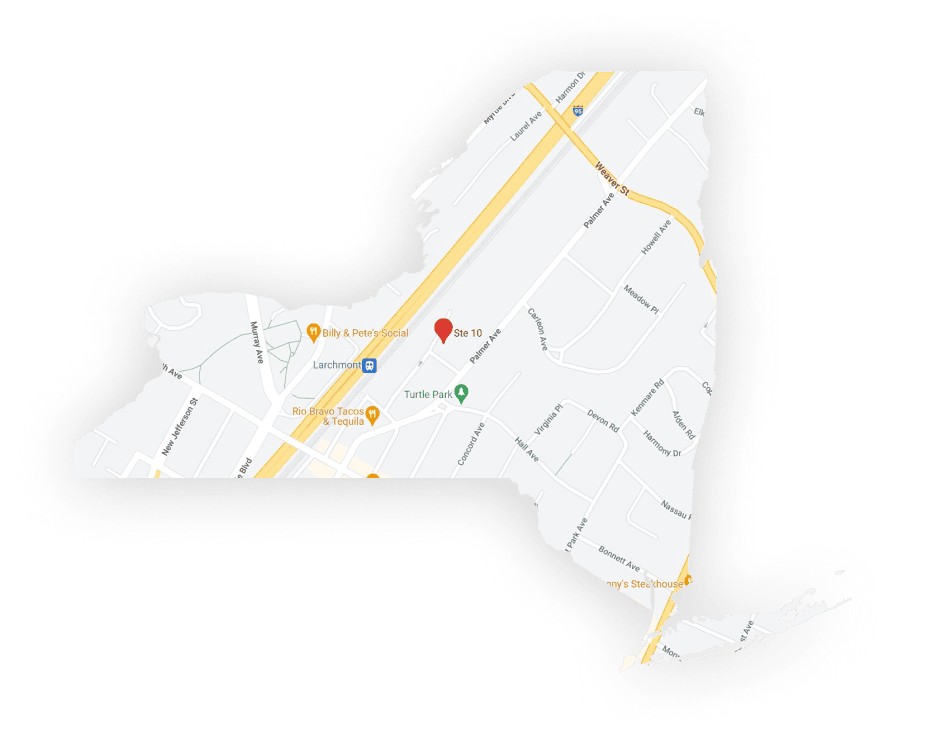In workers’ compensation cases, establishing that an injury or illness is directly work-related is critically important yet sometimes difficult.
When a worker fractures their leg in a fall down staircases on the job site, there is no debate that the injury is work-related. These acute, traumatic accidents obviously occur due to the conditions or hazards within the workplace. Proving the work connection is straightforward.
On the other hand, other injuries, like carpal tunnel or diseases like Asbestosis that happen over time, take a more strategic approach to prove.
In these cases, working with an experienced workers’ compensation attorney can be invaluable. They can help you demonstrate occupational links to less obvious injuries and illnesses and seek rightful compensation. Read on or watch to learn more.
However, some work-related conditions manifest incrementally over prolonged periods. Problems like back injuries in nursing assistants from constantly repositioning patients may arise gradually from repetitive occupational stresses.
These types of strains and sprains caused by cumulative trauma are categorized as repetitive stress injuries. Since symptoms worsen slowly, connecting them to the workplace requires a more nuanced approach.
In some cases, workers develop occupational diseases from toxic substance exposures exclusively associated with their jobs. These illnesses are legally distinct from repetitive stresses in that the hazards directly causing them are peculiar to that specific line of work.
For example, auto mechanics might develop mesothelioma from regular asbestos exposure, or welders could incur lung damage from inhaled metal fumes. The work environment uniquely exposes them to the hazardous agents triggering the disease.
Illustrating how repetitive stresses or occupational diseases are attributable to work activities requires specialized legal and medical expertise. Savvy attorneys use toxicologists, epidemiologists, ergonomists, and other experts to substantiate the occupational linkage.
This might involve research into exposure levels, injury biomechanics, toxic substance testing, and other factors distinguishing conditions as arising from the workplace.
I once represented a worker who developed a rare neurological disease after years of chemical exposures unique to his job. Although a family friend’s lawyer had written it off as qualifying for just 26 weeks of short-term disability, I dug deeper.
By collaborating with toxicology experts, I traced his symptoms to toxins in industrial glues he worked with daily. I connected him to specialists who definitively diagnosed the occupational disease by ruling out other potential causes.
Proving these types of cases requires substantial medical and legal knowledge. But doing so successfully unlocks significant workers’ compensation benefits.
My client received 24/7 home healthcare, full coverage of medical costs, and ongoing wage replacement. His wife avoided financial devastation from medical bills and time off work to care for him.
If you have a less obvious work-related condition, contact our experienced attorneys for a free consultation. We have the experience to demonstrate the occupational nexus you need to qualify for workers’ compensation benefits.

